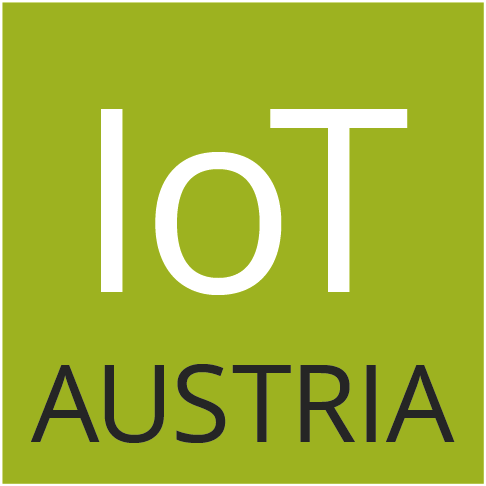This article by a software development project manager and IoT Austria member considers challenges inherent to IoT projects. How do you mitigate those challenges using an organizational or platform approach? Read on to find out.
The Internet of Things (IoT)
The IoT is part of our lives and will extend its reach further into a business. Our cell phones, cars, and drones are examples of things that are connected to the internet and exchange information. Manufacturers of these devices may consider adding revenue streams besides the sales of their devices for value-added services.
The data of the IoT devices can be combined in various ways: A trip for drone pilots to a stunning location can be offered to a person based on their high income (derived from the expensive devices this user owns and given they are regularly geo-located at the HQ of a well-paying company). Alternatively, the drone producer may send the owner a high-resolution camera for free and then charge a small price for each picture taken.
Such possibilities open the doors to different business models. If the current players in the market do not take advantage of this, other players will step in and marginalize the current companies that dominate the markets. As numerous devices and sensors remain excluded from any business offering in 2018, we can expect a flood of IoT projects coming our way.
How is an IoT project different from a regular software development project?
1. A fragile system with many points of failure
While a software can be programmed in one language, an IoT project requires a much greater infrastructure to cover all the components: devices, communication with the devices, and the software itself – both on the device, in the cloud, on the users‘ smartphone and elsewhere.
An IoT project introduces many possible points of failure: sensor miscalibration, (wireless) communication of the device with the (fog) network. Protocols do not follow a single standard, further complicating IoT implementations.
2. Large number of different standards
Many parties, suppliers and companies create different standards. To allow for large market adoption, an end user device likely needs to support many operating systems, from Windows to Mac OS to Android, be written with the latest standards of UX while ensuring security and communicating with at least one IoT communication protocol such as MQTT over a network like LoRaWan.
Approaches to managing IoT projects
Let’s look at two approaches to the challenges mentioned above. Many difficulties observed arise from IoT components being part of the project.
Organizational approach:
Once you are aware of the project’s complexity, you can consider the requirements for the project lead: They need to speak the language of hardware and software worlds alike and need to include and consult experts from each area. As the goal is to have one working product rather than having multiple components that are nice – but do not work together, it may also be worth considering to use a vendor that will support the development end to end. That way, they have to ensure inter-compatibility and your risk is reduced.
Platform approach:
There are various platforms that typically support one specific area, such as an IoT platform that has knowledge of communication with IoT sensors and different protocols built in. Other platforms may focus on process flows built on top of data. Many such platforms have the aspiration of becoming best-in-class and will add support for latest standards and new protocols as they are introduced. Depending on the size of your project, this may be costly, but will certainly relieve you of some maintenance effort once the product is productive and updates start coming in. A platform like Microsoft’s Azure will also communicate through standard web service interfaces that you can use to utilize the data downstream. Using platforms for different areas reduces the overall implementation effort and maintenance efforts after GoLive.
Consider both business case and TCO:
If you are a lean startup and you want to test a product, an MVP that does not include expensive platforms may be the fastest and cheapest to build. However, when you do gain traction and more functions and integrations are requested, keep in mind that your growth may force you to completely rethink the implementation strategy. Completely rebuilding for growth may be an option as your costs will spiral if you have to build and maintain protocols and functions that another platform provider has already built for users like you. You would effectively re-build their platform if you do it right, and then pay for the whole maintenance, rather than just your share. So – keep your business model in mind, but also the total cost of ownership, including building and maintenance.
What more can we do?
The approaches outlined above are some teasers that IoT Austria discusses in their Topic Teams. Join the conversation! Do we need entirely new management practices for the IoT domain as the Association of Computing Machinery suggests? We certainly need to have this conversation now. I am curious to get the points of view as well as challenges you have encountered or solutions applied – feel free to contribute and send your thoughts to: oliver.henkes (ät} iot {minüs} austria.at
Credits
Der Artikel wurde in abgewandelter Form auf LinkedIn veröffentlicht.
Autor
Oliver Henkes ist Mitglied von IoT Austria. Er ist im Service Team Communication und Service Team News. Er ist Initator und Mentor des Topic Teams Business Models und zudem im Topic Team Blockchain aktiv.
